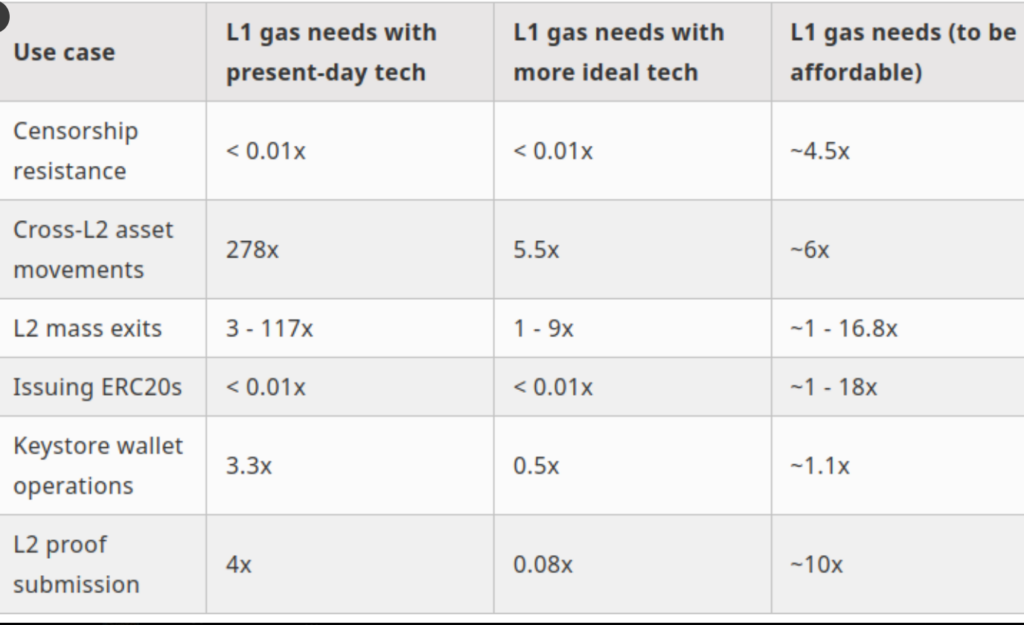Ethereum co-founder Vitalik Buterin is advocating for a further increase in the Ethereum gas limit, despite a recent rise from 30 million to 36 million. He argues that a higher gas limit is essential for network efficiency, security, and censorship resistance.
Why Increase the Gas Limit?
Raising the gas limit allows more transactions per block, reducing costs for routing assets between Layer 2 (L2) networks. It also provides a safety net in case of L2 failures, ensuring users can withdraw funds efficiently. However, higher limits also increase Ethereum’s state size, making it harder to run full nodes and potentially weakening decentralization.

Key Challenges and Security Concerns
Buterin warns that Ethereum’s current capacity may be insufficient if a major L2 collapses, estimating a 9x increase might be needed to handle mass withdrawals. He also highlights interoperability issues, suggesting a 5.5x scale-up could reduce costs for low-volume asset transfers and NFTs. Additionally, he raises concerns about ERC-20 token security on L2s, emphasizing the risks of governance exploits.
Upcoming Pectra Upgrade
Ethereum’s next major upgrade, Pectra, is set for April 8. It will increase data availability for L2s by raising the number of “blobs” per block from three to six. Validators will vote on this change, similar to gas limit adjustments.




